Headaches & Jaw Pain
Don't Suffer in Silence
Do you experience persistent jaw pain, headaches, or teeth grinding? Perhaps you wake up with jaw tension, soreness, or clicking sounds, making daily life uncomfortable. Chronic dental pain and jaw muscle discomfort can affect your mood, sleep, and overall well-being.
Ongoing teeth clenching can also lead to cracks, wear and tear on your dental teeth, and expensive restorative procedures.
How Can You Protect Your Teeth?
A dental night guard (splint) is a great first step to prevent damage from bruxism (teeth grinding). But what about relieving your jaw aches and tension headaches?
At Beacon Cove Dental, we offer muscle relaxant treatments to alleviate jaw muscle pain and promote relaxation. However, true relief requires identifying and addressing the underlying cause—often stress.
Our holistic approach ensures you get lasting teeth pain relief, helping you feel comfortable, confident, and pain-free.
Book your Gap-Free Consultation today.

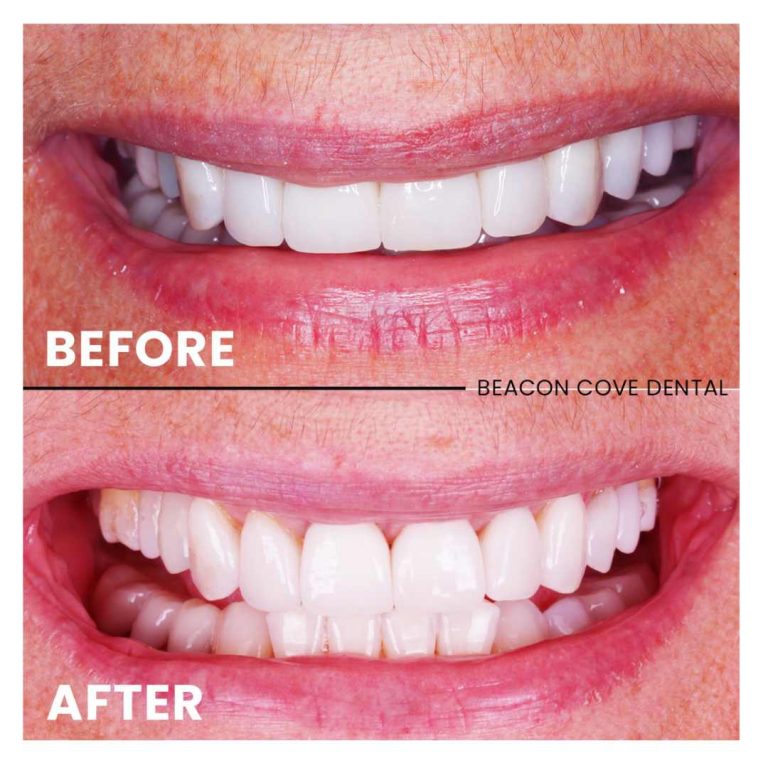
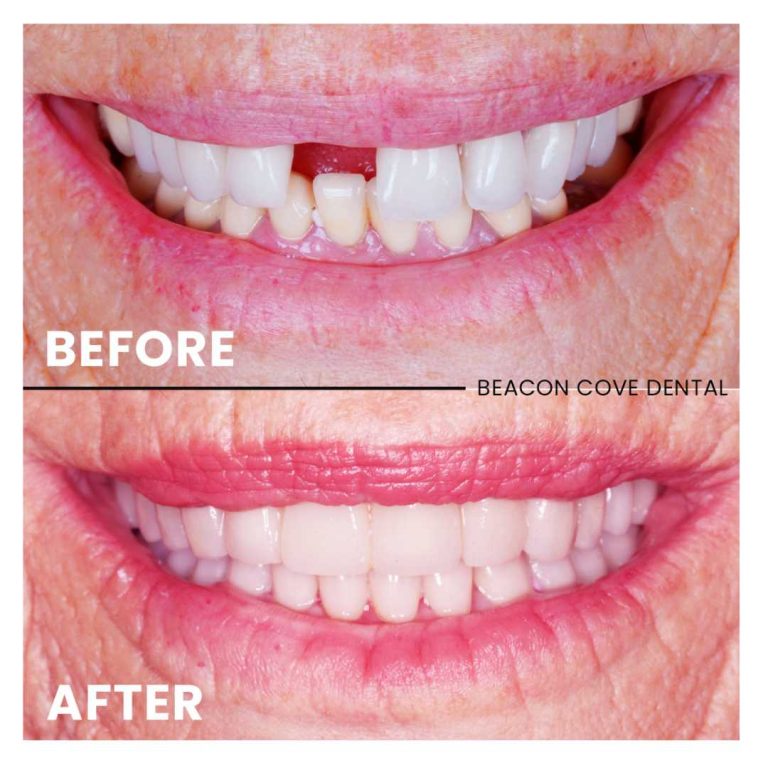
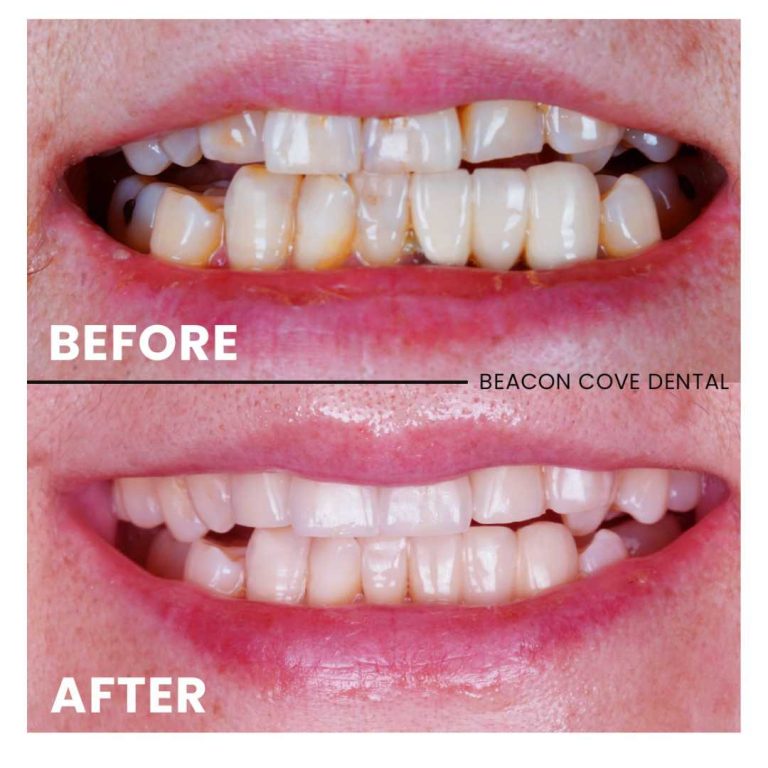
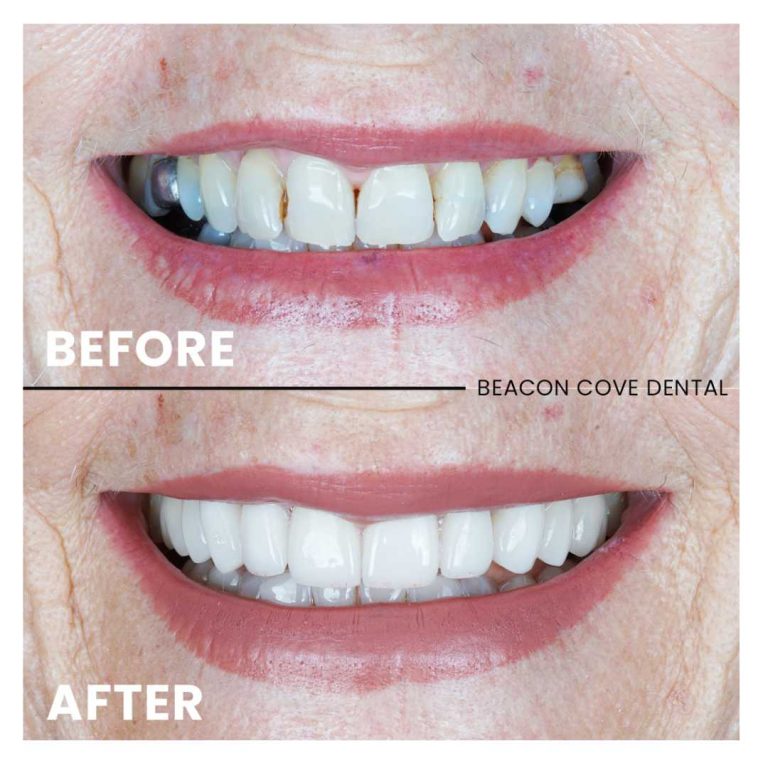
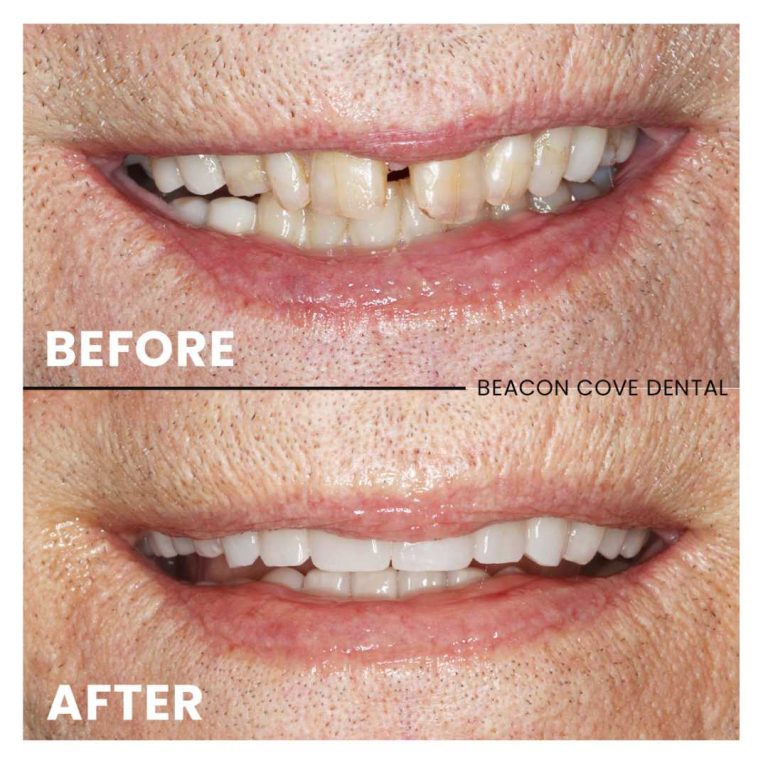
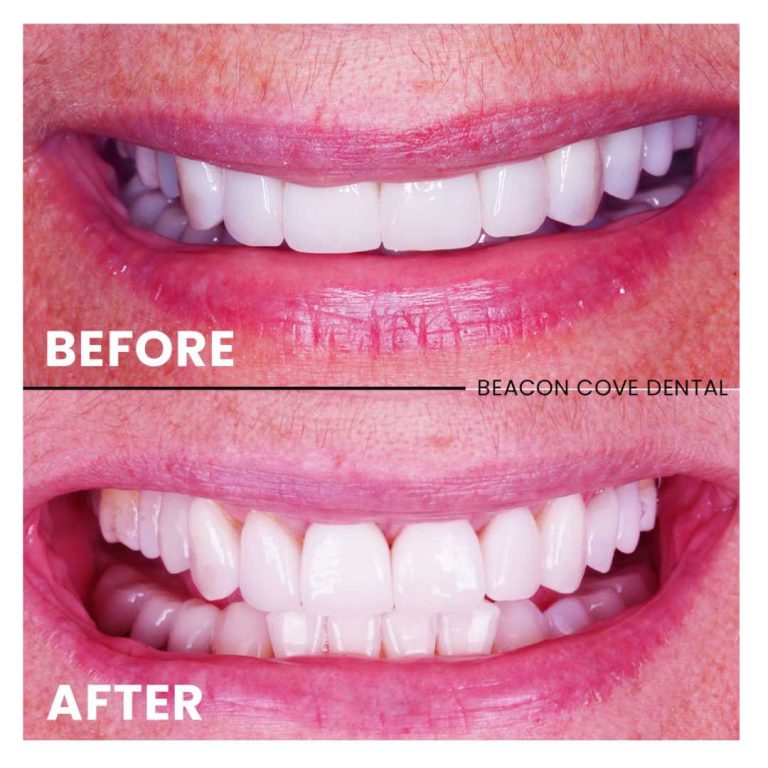
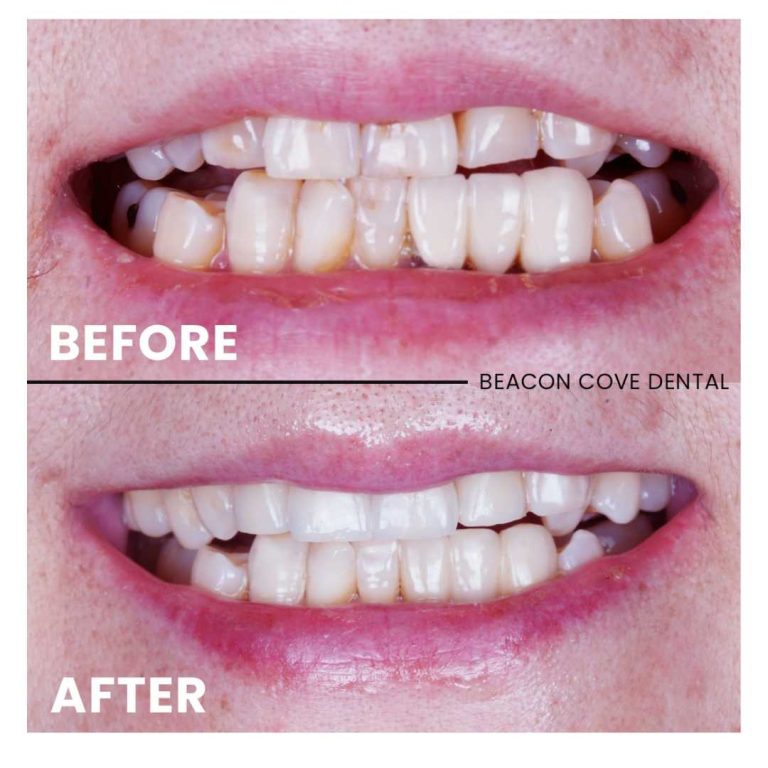
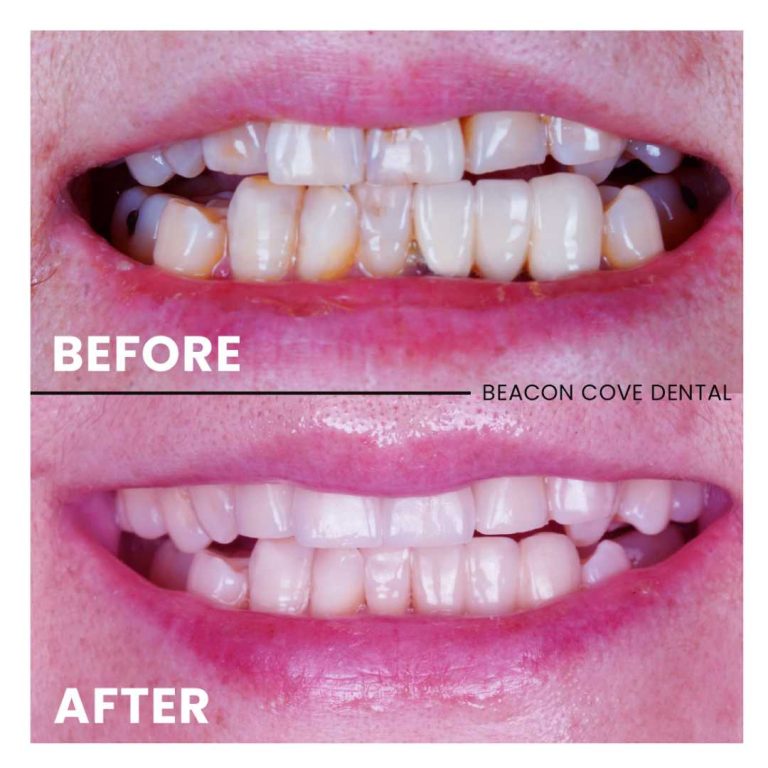

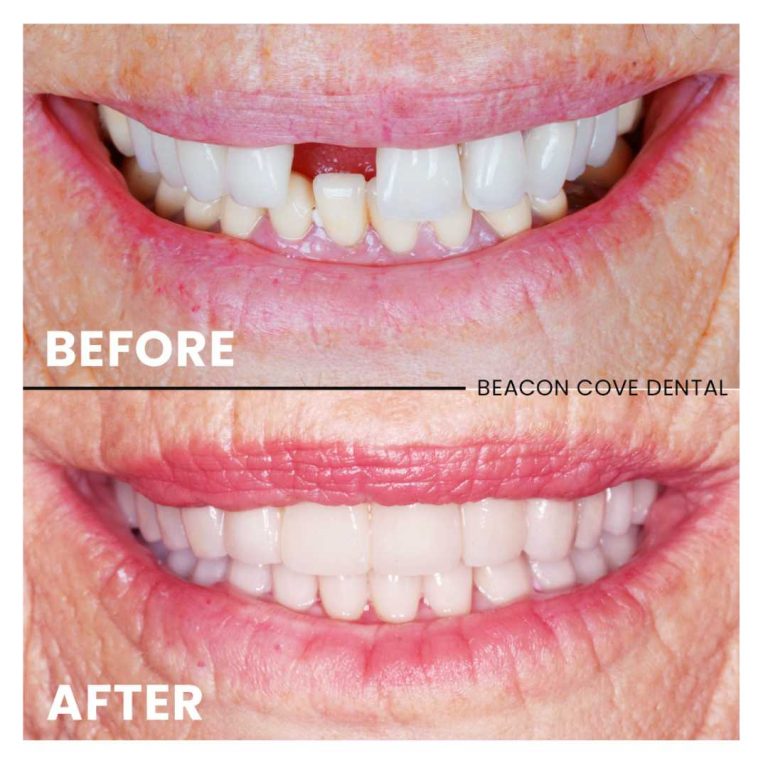

What Is TMD? And Why Does It Matter?
Your jaw joint (TMJ) plays a crucial role in speaking, chewing, and overall oral function. When problems arise, this is known as Temporomandibular Disorders (TMDs)—a broad term covering symptoms like:
Jaw pain while opening your mouth
Clicking and discomfort in the jaw joint
Headaches due to teeth pain
Pain on one side of the jaw
Difficulty chewing or speaking
At Beacon Cove Dental, we follow a conservative, evidence-based approach to TMD dentistry. Instead of opting for aggressive, irreversible procedures, we focus on non-invasive dental treatments that offer long-term relief.
We believe in educating our patients so they can make informed decisions about their dental care and TMD treatment options.
Book a Dentist Appointment Online Today!
Need a dentist appointment today near me? Our online dental appointment system makes booking easy. Whether you require a walk-in dental appointment near me, dental replacement, or a consultation for new dental implants, we are here to assist.
We also cater to families looking for a pediatric dentist around me or 24-hour pediatric dentist near me for urgent care.
Understanding Your Jaw Joints
The temporomandibular joints (TMJ) connect your lower jaw (mandible) to your skull, allowing smooth movement on both sides. These joints are unique because they contain a cushioning disk that prevents friction and distributes pressure evenly.
However, when jaw joint dysfunction occurs, it can lead to:
Lower jaw discomfort
Jaw soreness and stiffness
TMD-related jaw clicking and pain
Pain in the jaw and teeth
Difficulty opening the mouth fully
Our team specialises in TM joint treatment, providing solutions that ease jaw muscle tension and promote optimal function.
Why Choose Beacon Cove Dental?
Located in Port Melbourne, Beacon Cove Dental is a leading dental clinic offering comprehensive solutions for jaw pain, teeth grinding, and TMD disorders.
Our experienced team is dedicated to providing tailored dental services for long-term relief from TMJ pain, headaches, and bruxism.
Don’t let jaw pain control your life. Take the first step towards pain-free living by scheduling your consultation today!
Comprehensive Care
From general dentistry to dental implant repair cost breakdowns, we provide all-in-one solutions
Advanced Technology
We stay ahead with the latest dental implant technology and innovative tooth replacement techniques.
Affordable Pricing & Payment Plans
Need cheap implants Melbourne? Our dental implant specials near me help make treatments more accessible.
Convenient Scheduling
Open weekends with dental clinic near me open now options for your convenience.
Treating TMJ Disorders & Bruxism
Bruxism (teeth grinding and clenching) is a leading cause of TMD problems. Left untreated, it can result in tooth wear, jaw ache, and headaches.
Treatment Options at Beacon Cove Dental
Custom-Fit Night Guards – Prevents dental teeth wear and protects against grinding.
Muscle Relaxant Injections – Helps alleviate jaw tension, soreness, and pain to the jaw.
Comprehensive Dental Care – From veneers dental to teeth whitening, we ensure your dental treatments support a pain-free smile.
Lifestyle & Stress Management Advice – Reducing jaw clenching symptoms naturally.
Looking for expert TMD treatment in Melbourne? Book an appointment today to explore safe, effective solutions.
Muscle Relaxant Treatment for TMD
Our muscle relaxant treatments help relieve jaw and muscle pain by relaxing overactive masseter muscles (responsible for clenching). This reduces jawline pain, TMJ pain on the left side, and other TMD symptoms.
Key Benefits:
Relieve jaw tension and soreness
Minimise headaches due to teeth pain
Prevent further teeth damage from grinding
Reduce discomfort when opening and closing your mouth
Treatment involves precise muscle relaxant injections into the masseter muscles, offering long-lasting relief for TMD in dentistry.
Results are typically noticeable within a few days, with effects lasting up to 3-4 months.